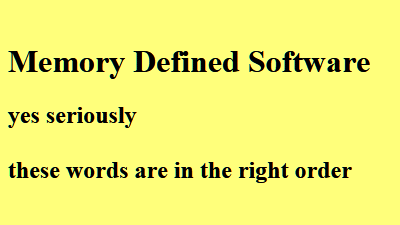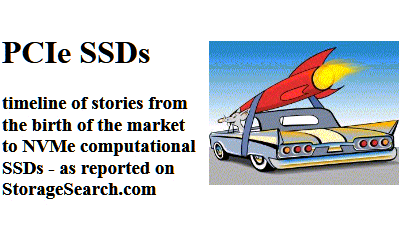|
|
|
|
|
| ||||||
| . | ||||||
 | ||||||
| . | ||||||
| It looks like you're seriously interested in SSDs so if you've got the time - you might also want to take a look at the home page of StorageSearch.com which - unlike most home pages - also includes some real content. | ||||||
| . | ||||||
| About the publisher | ||||||
| . | ||||||
| |||
.. | |||
| |||
| .. | |||
| SSD news SSD history VCs in SSDs market research the Top SSD Companies - series overview about the publisher - 24 years guiding the enterprise the enterprise SSD story why's the plot so complicated? where are we heading with memory intensive systems? what were the big SSD memory architecture ideas in 2016? | |||
| .. | |||
 | |||
| .... | |||
| .... | |||
| |||
.... | |||
| |||
.... | |||
| |||
.... | |||
 | |||
.... | |||
| |||
.... | |||
 | |||
.... | |||
| |||
.... | |||
| |||
.... | |||
| |||
.... .... | |||
 | |||
.... .... | |||
| |||
.... .... | |||
| |||
.... .... | |||
|








